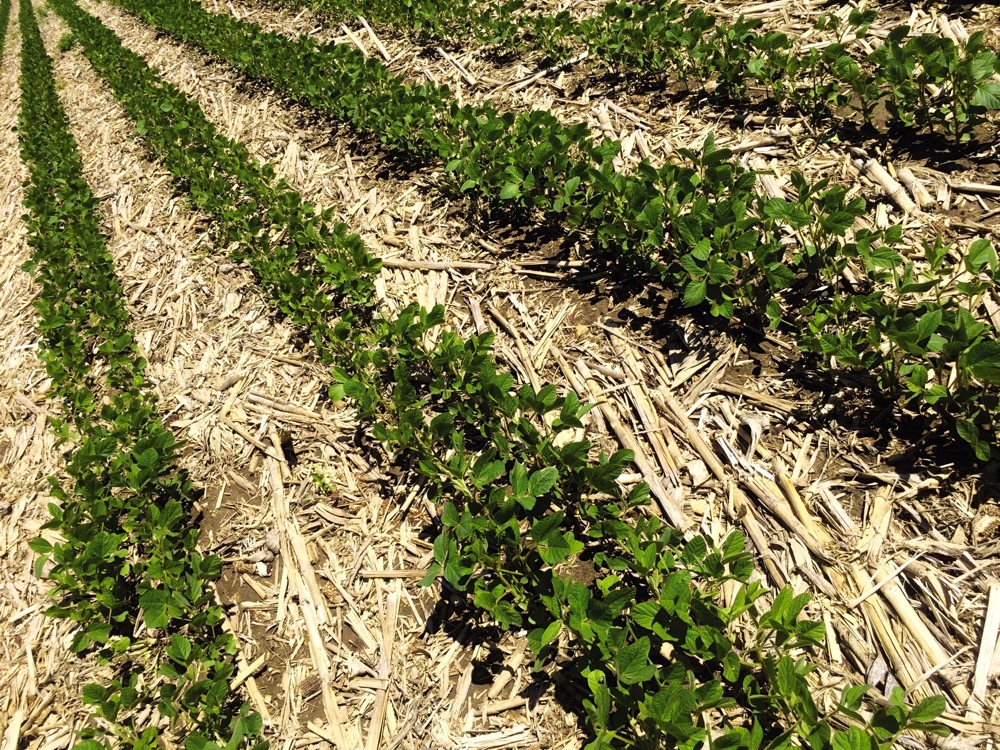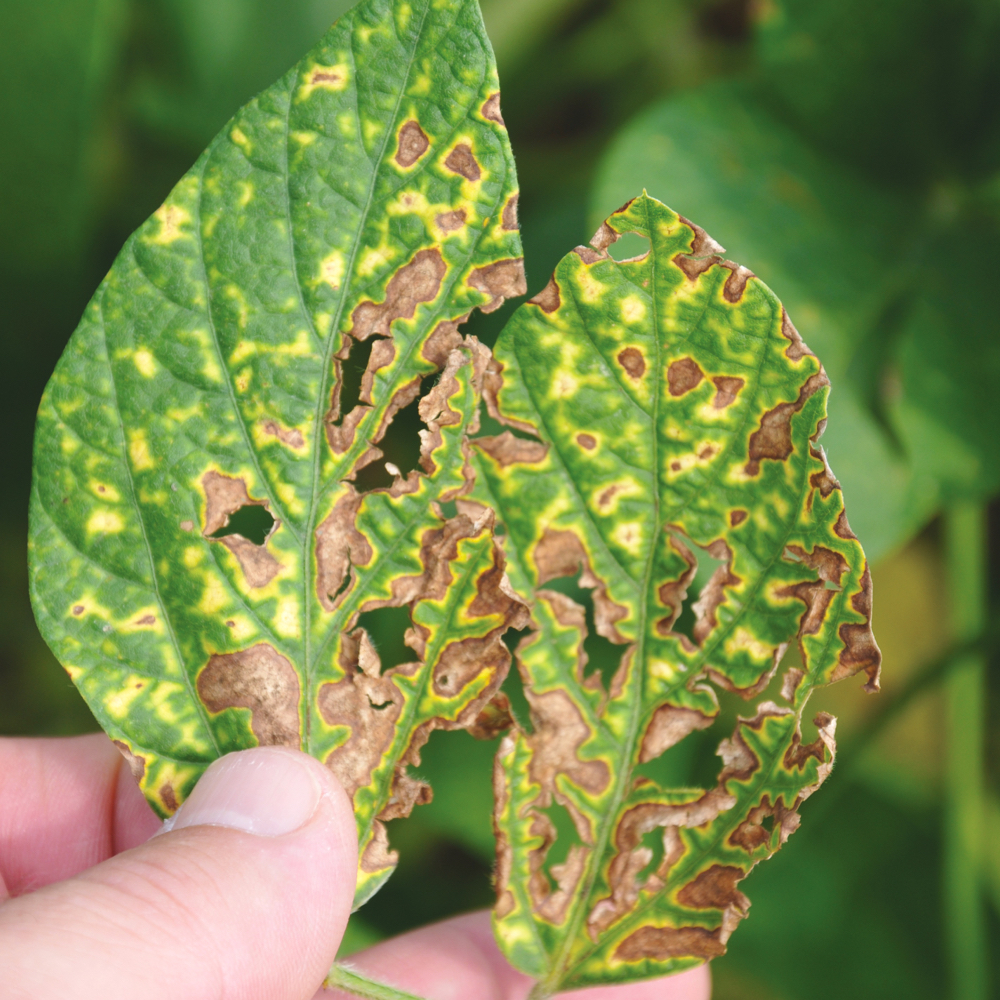In the past few years, production of identity-preserved (IP) food-grade soybeans and edible beans has seen ebbs and flows based on their respective markets, with growers signing up and dropping out in ways that the trade says are much harder to predict.
The comparative ease and reliability of growing transgenic corn and soybeans is hard to deny. And admittedly, there are challenges with IP soybean and edible bean production, such as weed management and the need to deal with a contract.
Still, there’s a stable core of what we might call “premium producers” who return year after year because of the opportunity for higher gross returns per acre.
Read Also

Agronomists share tips for evaluating new crop products and tech: Pt. 3
With new products, new production practices and new technology converging on the agriculture industry at a frenetic pace in recent…
And it’s true. Producers who grow food grade or edibles well tend to do very well themselves. And it’s hard to see why they won’t continue to do well.
Canada has an exceptional global reputation for its bean quality, both among buyers and processors. Asian buyers continue to demand IP soybeans from Canada, while consumers in the U.K. are particularly fond of white beans from Ontario and Manitoba.
Higher protein and sugar levels in our variety genetics, along with the added skill and management that growers use to bring these crops to a healthy harvest, help set us in a unique class.
The challenges are hard to deny but as long as there are benefits — as well as the prospect of increased consumption on a North American scale — growers will continue to include edible beans and IP soybeans for their crop plans, and to realize a healthier bottom line through premiums.
Below, we feature 10 new varieties with the opportunity to drive the Canadian brand even further, based on what we’re hearing from their breeders
As always, we strive to be as comprehensive as we can with these types of listings, and we also recommend you check with your local dealers. And if you’re planning on growing IP soybeans or edible beans in 2017, book early.
Identity-Preserved (IP)/food-grade soybean varieties
Dow Seeds
DS045CO is a conventional soybean variety for the 2700 CHU area. It has good white mould tolerance and comes in larger seed sizes and has an imperfect yellow hilum. Last year, it was pending registration.
DS143CO is another of Dow’s conventional soybean varieties, suitable for the 2900 CHU area, with a yellow hilum and featuring excellent yields and above-average protein content. This is another variety that was pending registration last year.
Hensall District Co-operative
HDC Celebrity is an IP soybean with excellent yield for its category. It’s a variety with a 0.5 relative maturity and an imperfect yellow hilum. Its field characteristics include tawny pubescence, a slender plant structure and excellent standability. It’s also the earliest food-grade variety with soybean cyst nematode (SCN) resistance. This variety was also offered last year.
HDC Adare has a relative maturity of 1.0, as well as an imperfect yellow hilum. It also has a tawny pubescence and is a medium intermediate bush type of plant. Like HDC Celebrity, it’s an early food-grade variety with SCN resistance, and has an overall excellent disease package.
SeCan
OAC Strive is a 2675 HU (0.3 RM) imperfect yellow hilum soybean variety available through SeCan’s Eastern Canada member network. This variety has impressive emergence and early-season growth, as well as good lodging resistance. Currently under evaluation by end-users, OAC Strive has higher-than-normal protein content and is anticipated to be an excellent variety for IP food-grade programs.
OAC Eve is an attractive imperfect yellow hilum soybean variety for IP food-grade programs. This 2800 HU (1.0 RM) SeCan variety is exclusively available through the Snobelen Farms network of retailers. Contact Snobelen Farms for contract availability.
OAC Prosper is a yellow hilum soybean variety suited for 2950 HU (1.8 RM) growing regions. Resistant to soybean cyst nematode, OAC Prosper has good seed size, high seed protein content, and excellent yield potential. Due to its shorter-stature plant type and increased branching, OAC Prosper also has good lodging resistance. This SeCan variety is available exclusively through Huron Commodities.
Edible bean varieties/White beans
Hensall District Co-operative
Bolt is a fast-emerging variety, with a 90-day maturity and a very erect plant architecture, ideal for direct harvest. It also boasts resistance to anthracnose (Race 73) and is large in seed size.
Fathom was registered as a first for North America last year, with both common bacterial blight resistance and anthracnose resistance. Its maturity is 97 days, and grows as an upright bush with vine.
Mist is another registration from last year, listed as a 98-day mid- to full-season variety, with excellent root strength, resistance to common bacterial blight and an upright plant architecture.
















